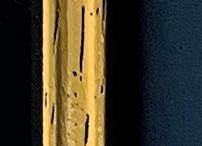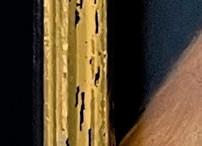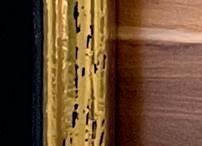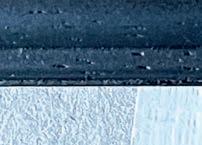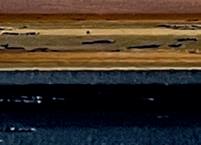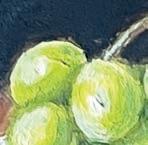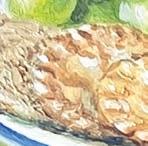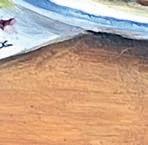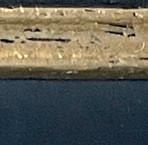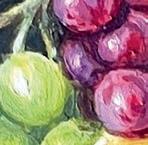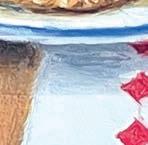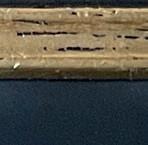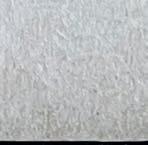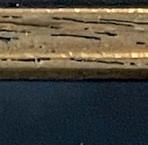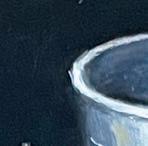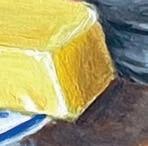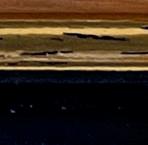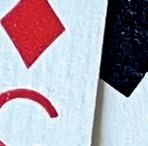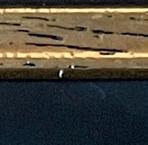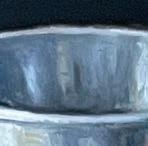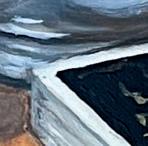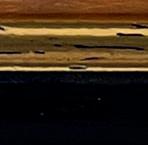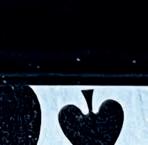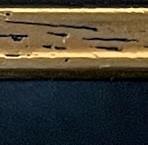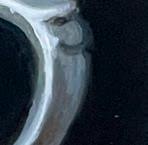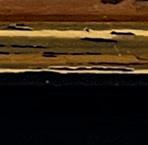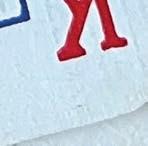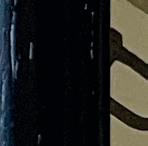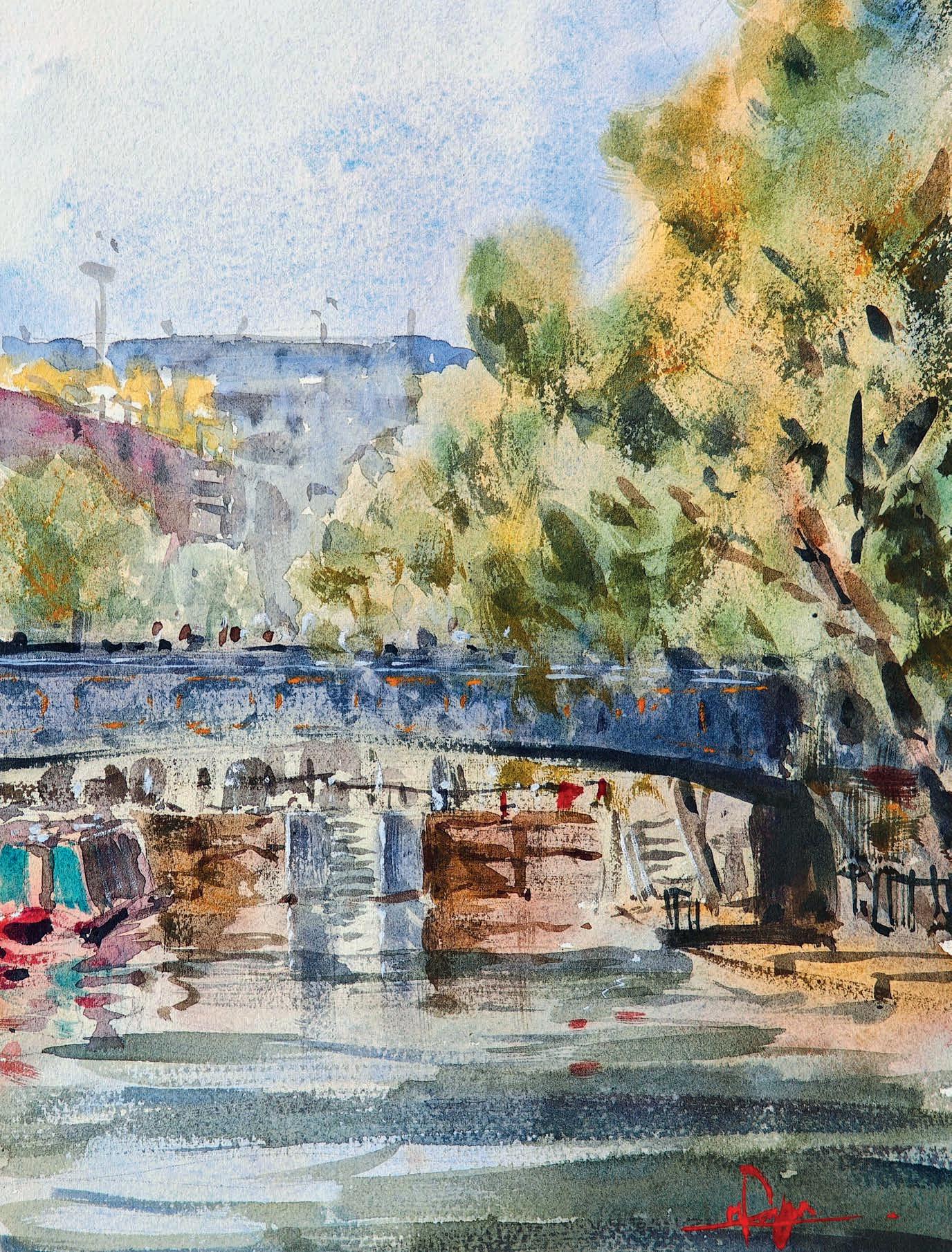














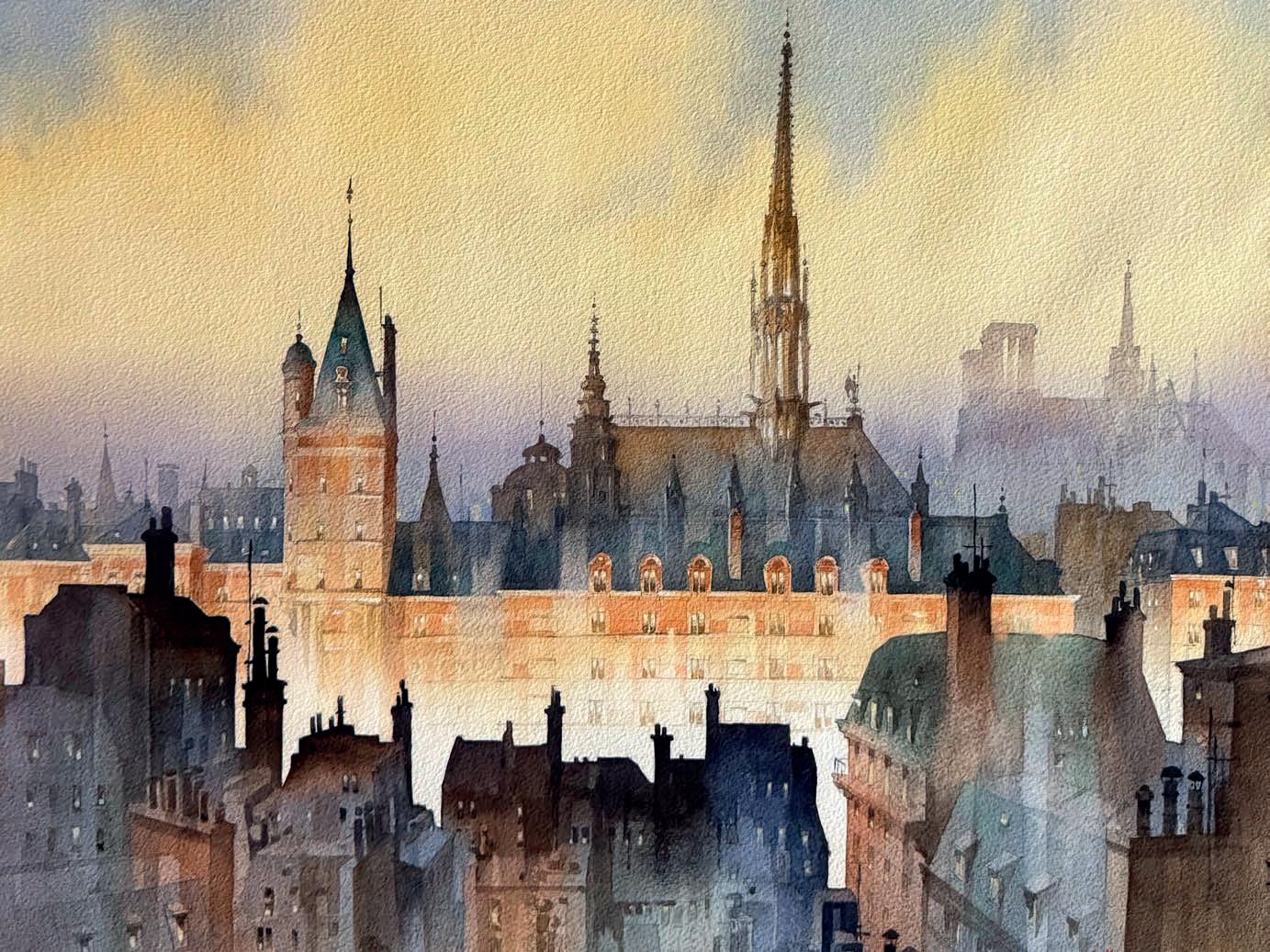
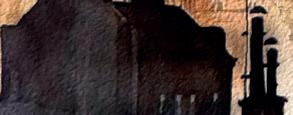




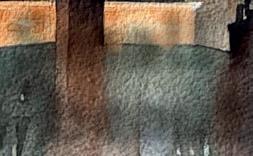


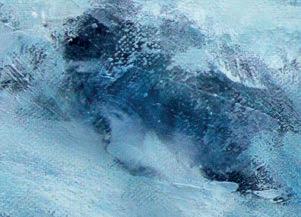
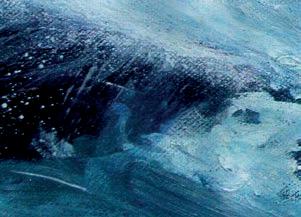
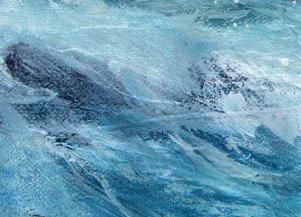

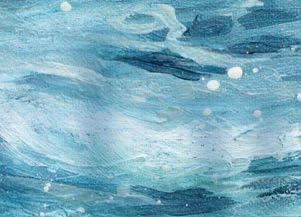
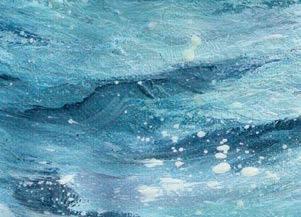
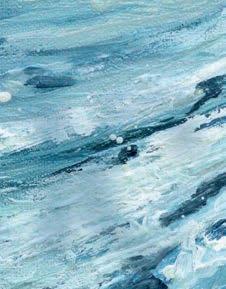
































This artist transforms years at sea into expressive landscapes that capture nature’s moods and emotions. Ramsha Vistro dives deeper ▸
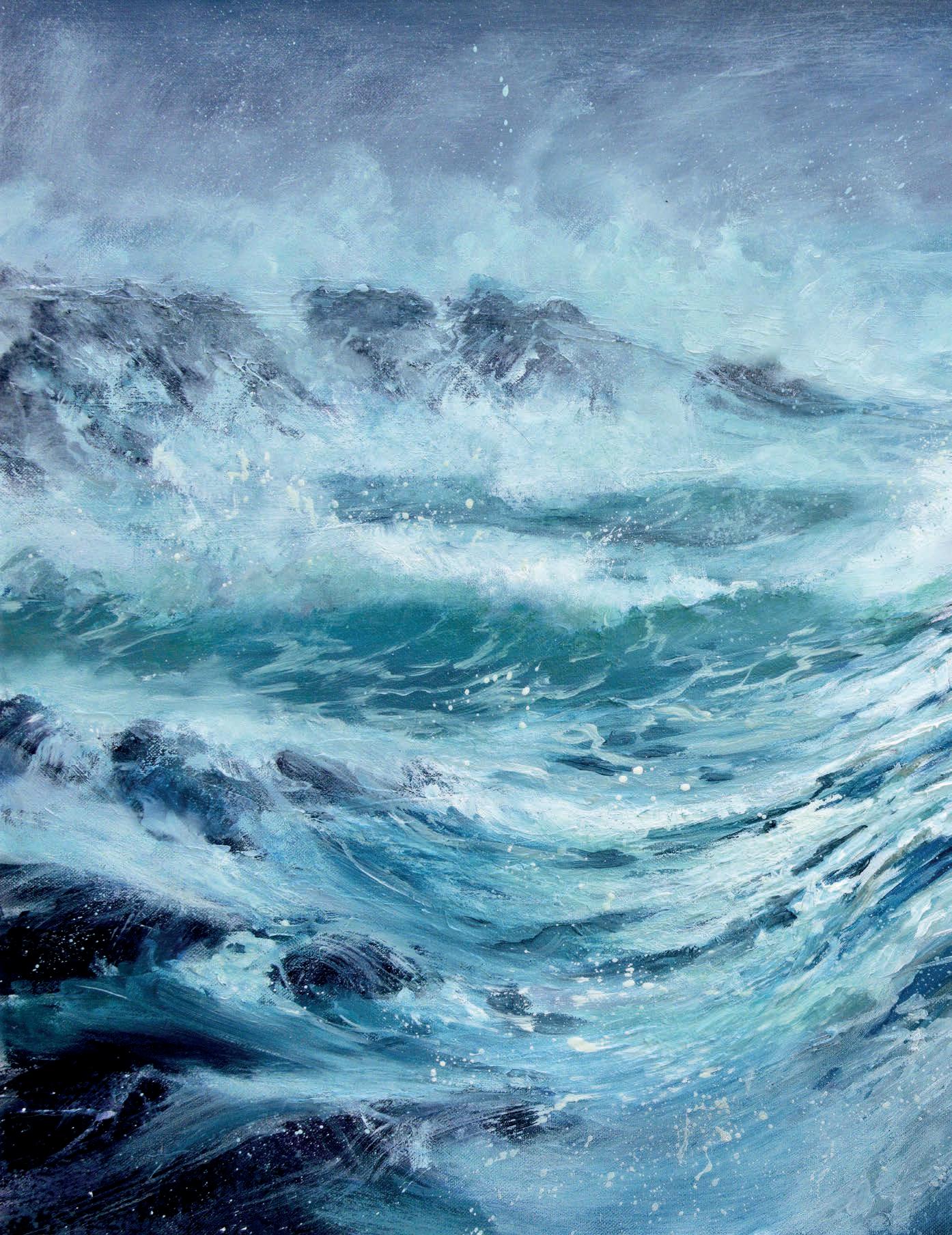
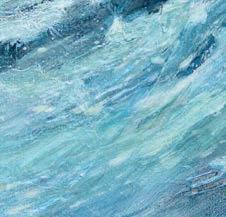

This month’s cover artist is an award-winning watercolourist, architect and author based in New York City. As a child, he used his paints to express himself. It led to his path as a fine artist, says Sarah Edghill ▸





With his painting The Three Dancers , a new exhibition at the Tate Modern celebrates PABLO PICASSO ’s Cubism period – and his fascination with performance, says Amanda Hodges
“Every now and then, one paints a picture that seems to have opened a door and serves as a stepping-stone to other things.” Pablo Picasso’s comment is easily applicable to his famous oil painting The Three Dancers (originally called La Danse), and he was right in judging it a seminal work, for it marks the bridge between Picasso’s years of immersion in Cubism and his evolving interest in Surrealism.
The painting bears many hallmarks of the genre with its vivid intensity and depicts three angular, jagged figures, engaged in a feverish and fragmented dance, a scene reflecting the artist’s emotional state, grieving a close friend’s death and his own complex relationships. The painting is not just an abstract representation of dance but also testament to a personal tragedy involving a love triangle between Picasso’s friends Ramon Pichot, Carlos Casagemas and Germaine Gargallo, Pichot’s wife.
Celebrating the centenary of its composition this year, Tate Modern is now putting this painting at the heart of an intriguing exhibition seeking to examine Picasso’s oeuvre through a new perspective, reconfiguring him as an artist deeply engaged in all aspects of performance. Rosalie Doubal, Senior Curator, International Art (Performance & Participation) says, “when Picasso’s The Three Dancers entered the Tate Gallery’s holdings in 1965 [masterminded by the persistence of Tate trustee Roland Penrose,] its acquisition was hailed as transformative for the ▸
DIANNE BRANSCOMBE RMS paints portraits, landscapes and still life in a variety of mediums but keeps going back to painting miniature art. Here, she demonstrates her approach to a tiny still life in oil
Paints
Ivory Black, Burnt Umber, Burnt Sienna, Sap Green, Ultramarine
Blue, Alizarin Crimson, Yellow Ochre, Cadmium Yellow Pale, Titanium White
Brushes
Winsor & Newton Series 7 Miniature 00
Jackson’s Pure Sable
Spotter Series 913
Pro Arte Masterstroke
Series 61 Filbert 1 and 2
ABS 95 Sable Fan
Support
Small pallet knife
Ampersand Artist Panel
primed smooth board
Winsor & Newton
Sansodor

years ago, I was rst introduced to the art of small scale painting by a friend who painted miniature portraits. With her encouragement and seeing the variety of work at The Royal Society of Miniature Painters, Sculptors and Gravers exhibition, I was inspired to do it myself and have been painting them ever since. I also work on much larger paintings but I love the challenge of miniatures. There is something magical about getting all the ne detail in a composition measuring only 7.5x10cm.
When I am setting up a still life, I often have a theme in mind or it could be just an object which I would like to include. With this composition, I wanted to include a pack of playing cards. To make it more interesting, I try to include several di erent textures, rough and smooth, dull and shiny as well as natural and manmade. Once the objects are chosen there are other things to consider. Do I want the objects at eye level or would they look better below eye level? Where is the focal point and can I enhance it with tonal contrast or could I use complementary colours? In my composition, I’ve placed the cheese against the dark grapes and included the pewter jug to add a di erent texture. The set up is below eye level.
diannebranscombe neart.co.uk ▸















